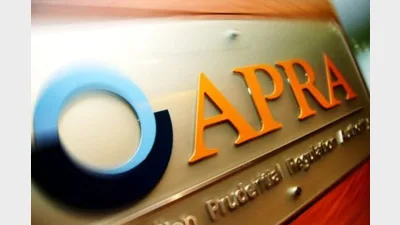Average industry super member $2,000 a year better off



The average industry superannuation fund member is around $2,000 a year better off than their retail counterparts, according to Industry Super Australia (ISA).
ISA pointed to SuperRatings data that found that, on average, 16 industry super funds outperformed 77 retail super funds over a 10-year period after fees had been deducted from investment returns.
ISA’s ‘compare the pair’ model found that a sales representative with around $75,000 in super and earning the average salary in 2008 was around $2,000 a year better off if they had their super in the average industry super fund.
ISA director of public affairs, Matt Linden, said: “Using a net benefit, or after fee calculation, helps demonstrate to consumers how hard their fund is working for them after everything is taken into account”.
Linden noted the Australian Securities and Investments Commission’s (ASIC’s) new fee disclosure arrangements would not impact the model as the comparisons had been returns net of all fees and costs.
Recommended for you
Delayed climate action could wipe hundreds of billions from superannuation balances by 2050, according to new analysis from Ortec Finance.
APRA deputy chair Margaret Cole has called on superannuation trustees to accelerate efforts to support members moving into retirement and to strengthen protections against growing cyber and operational risks.
Super trustees need to be prepared for the potential that the AI rise could cause billions of assets to shift in superannuation, according to an academic from the University of Technology Sydney.
AMP’s superannuation business has returned to outflows in the third quarter of 2025 after reporting its first positive cash flow since 2017 last quarter.









